For this blog, I am moving into Step 4: Plan Learning Activities. Using my refined questions How can teachers integrate game-based tools into everyday practice, and how can they use game data for formative assessment?” I am planning a small learning activity that I could realistically try during a practicum or future placement.
Category: Free Inquiry
Free Inquiry posts
In my journey with fitness, technology, and documenting throughout, I have learned how to create digital content through videos, hyperlinks, and digital resources that I can look back on. Find more information on Topic 3: Digital Storytelling from our professor, Rich. I enjoyed this class so much that I plan to continue blogging about my journey even after the course ends. Since my family doesn’t live in Victoria, blogging is also a great way for them to stay connected and see what’s happening in my personal life, even when we’re not in the same city.
Additionally, I’ve gained valuable insights into podcasting and plan to continue the podcast journey I started a while ago. With the knowledge I’ve gained from this course, I’m excited to take my podcast to the next level.
Kathryn Gullackson’s Journey Podcast
This week, I shifted my fitness focus to strength training, specifically targeting the glutes. To guide my workout, I used a helpful video titled “The ONLY 3 Dumbbell Glute Exercises You Need (Bigger Butt).” The content had a great mix of humor and education, breaking down why each of the three exercises is effective for glute activation. I personally enjoy watching videos before attempting new strength training exercises because it makes the process easier to understand than text or pictures alone.
The ONLY 3 Dumbbell Glute Exercises You Need (Bigger Butt) Youtube Video
The Three Glute Exercises with Dumbbells
The glutes consist of three muscles: the gluteus maximus, gluteus medius, and gluteus minimus. All the exercises listed below target these muscles for a comprehensive workout.
Dumbbell Hip Thrusts
- Positioning: Lay back with your upper back resting on a bench or an elevated surface. Hold a dumbbell on your hips with both hands.
- Movement: Lift your hips towards the sky. Lower your hips slowly, letting your torso come upright, then drive back up through your heels, squeezing your glutes at the top.
- Form Tips: Tighten your core. Avoid arching your back at the top and maintain core engagement. For maximum glute activation, keep your shins vertical and knees bent.
Dumbbell Romanian Deadlifts (RDLs)
- Setup: Stand with your feet hip-width apart, holding a dumbbell in each hand.
- Execution: Hinge forward at the hips while keeping your back straight and core tight, stopping once you feel a stretch in your hamstrings.
- Return: Engage your glutes and hamstrings to pull yourself back to a standing position.
Bulgarian Split Squats
- Starting Position: Stand in a split stance with one foot forward and the other foot resting on a bench or elevated surface.
- Execution: Hold dumbbells by your sides and lower your body by bending your front knee, keeping your spine straight and core engaged. Push through your front foot to return to the starting position.
Three Tips to Enhance Glute Engagement
- Lean Forward: Helps activate the glutes more effectively.
- Squat Deep: Ensures full range of motion and muscle engagement.
- Squeeze Glutes: Focus on squeezing at the top of each rep for optimal activation.
Today, children are not getting enough movement at home or at school. The Canadian 24-Hour Movement Guidelines for Children and Youth (5-17 years): An Integration of Physical Activity, Sedentary Behaviour, and Sleep offer evidence-based recommendations for a balanced day of movement,

A Balanced Day for Optimal Health: SWEAT, STEP, SLEEP, and LIMIT SEDENTARY TIME ages 5-17 years
What are the Benefits?
In my PHE 31O–PHYSICAL EDUCATION FOR GENERAL CLASSROOM TEACHERS class we learned the benfits are:
- Academic Performance
- Student Confidence
- Student Behavior
- Physical Health
- Mental Health
- Social Health
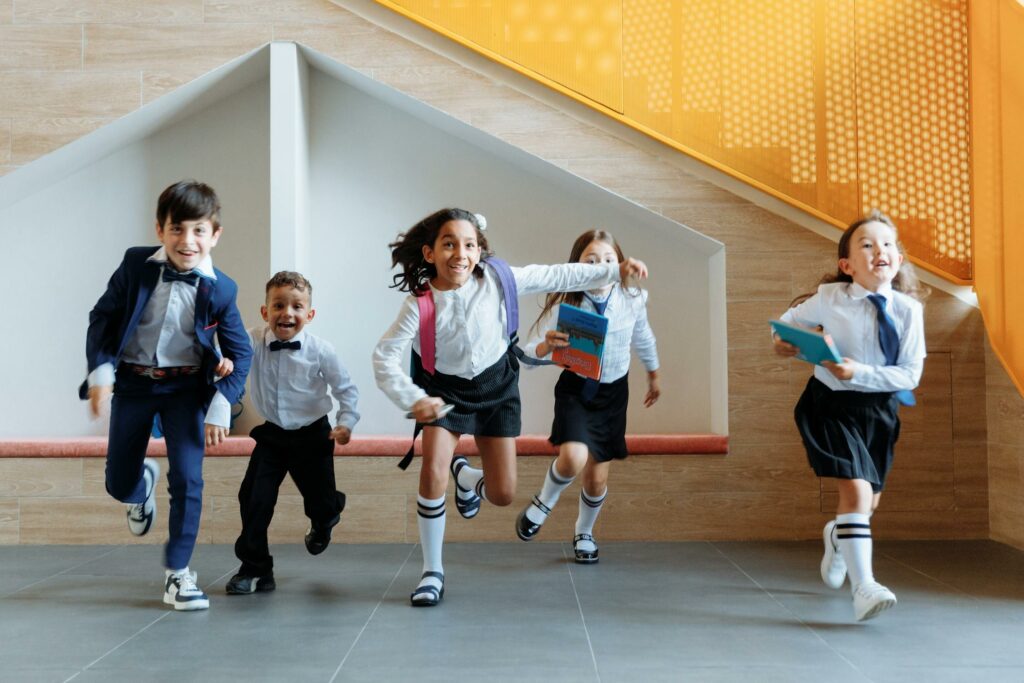
How can Teachers Meet These Guidelines?
As educators, we play a crucial role in integrating movement into the school day. Here are some ways in my link2practice at Willows Elementary where these guidlines have been applied:
- Morning runs or physical activity sessions before school.
- Frequent movement breaks, where students can stand up, stretch, or do jumping jacks.
- Taking learning outdoors, such as a walk for science class.
- Setting up an exercise bike station outside the classroom.
Despite these efforts, many schools still fall short of meeting these guidelines. How can we shift this?
The solution begins with future teachers, like us, recognizing the importance of movement and actively working to incorporate these guidelines into our classrooms. By educating ourselves and adopting these strategies, we can help foster healthier, more active environments for our students.
Protein Are you Getting Enough? Podcast By Science Vs.
The evidence behind protein’s role in weight loss and muscle building comes from several scientific studies:
- Fullness and Weight Loss: Protein has been shown to be the most satiating macronutrient, helping people feel fuller for longer. This effect can support weight management by reducing overall calorie intake.
- Muscle Growth: Protein is essential for muscle repair and growth, especially after exercise. However, studies suggest that consuming protein beyond a certain limit (around 1.6 grams per kilogram of body weight) doesn’t significantly increase muscle mass.
- Timing: Post-workout protein consumption may enhance muscle repair, but the “anabolic window” extends up to 48 hours, making immediate intake less crucial than often advertised.
According to the Harvard Medical School, the Recommended Dietary Allowance (RDA) for protein is 0.8 grams per kilogram of body weight, or 0.36 grams per pound. This is the amount needed to meet basic nutritional requirements. However, if you are physically active or exercise regularly, you may need to increase your protein intake to support muscle repair and growth.
Determine your daily protein intake HERE.
Here are my results :

For our PE class at UVIC, we were tasked with creating a warm-up as part of an assignment. My partner and I chose to do a dance warm-up using the “Cha Cha Slide” and “I Like to Move It.” We combined dance moves with exercises to get the entire class involved, and we even dressed up in ’80s costumes to make it more engaging. It turned out to be a lot of fun because it wasn’t the typical warm-up; the music and lively atmosphere made it exciting for everyone.
Kathryn and Hanne Rocking ’80s Vibes for Our PE Warm-Up Session
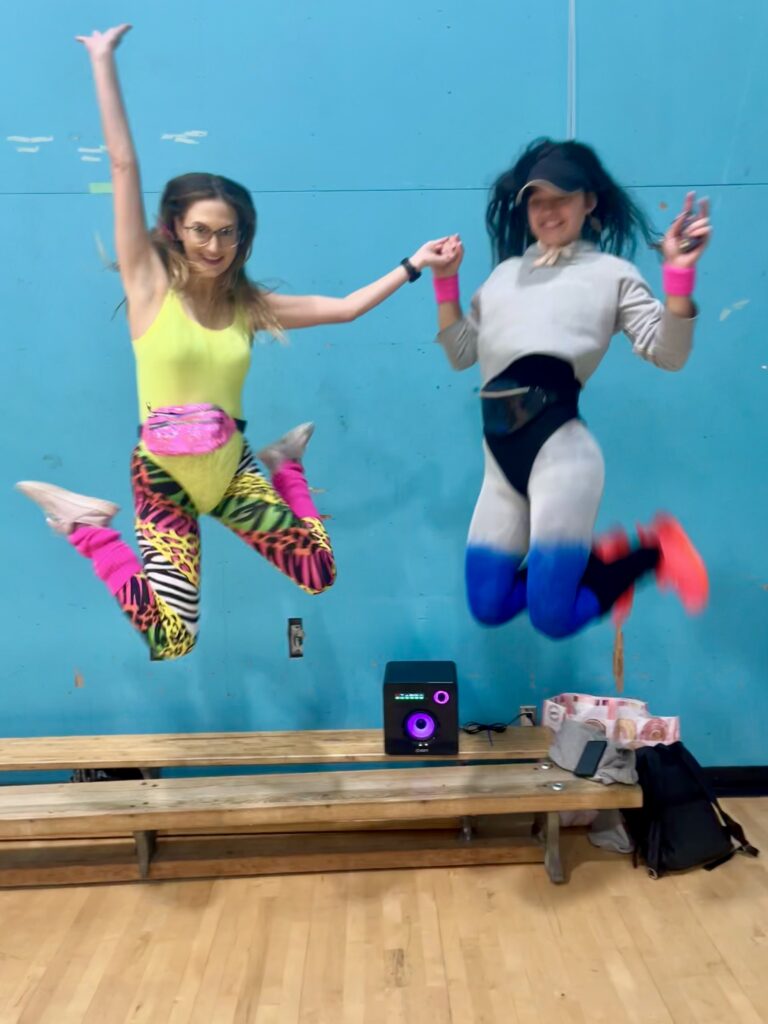
I recorded the session on my laptop, but we faced a few challenges:
- We didn’t capture the whole class or ourselves clearly.
- The video and sound quality were poor.
- There was a risk of someone accidentally knocking over the laptop (luckily, that didn’t happen!).
For next time, here’s how we plan to improve. We found some ideas from Columbia University’s Video Production Best Practices, which include
- Use a tripod for stability: Ensures a stable, elevated view and prevents risk of the device being knocked over.
- External microphone for sound quality: Improves clarity by reducing background noise.
- Designated camera operator: Helps capture different angles and close-ups for a more dynamic recording.
- Use multiple cameras/devices: Captures various perspectives, making the final video more engaging.
- Consider lighting: Ensure good lighting for clear, high-quality footage. Use portable LED lights or ring lights if needed.
- Use a gimbal for smooth shots: Helps prevent shaky footage if the camera operator is moving.
- Get interactive feedback from participants: Include short interviews or feedback clips to make the video more engaging and showcase the experience.
- Post-production editing: Use software like iMovie or Adobe Premiere Rush to enhance video, add transitions, and adjust sound levels.
Upgrading to a High-Quality Video Recorder for Better Footage


Yoga is a long-established practice that emphasizes mindful breathing, flexibility, and strength, aimed at enhancing overall mental and physical wellness. It encompasses various physical, mental, and spiritual techniques. Key aspects of yoga include breath control and specific postures—sequences of movements intended to build strength and increase flexibility. Originating in India several thousand years ago, yoga has since evolved and been embraced globally in diverse forms. Find out more HERE.
Well, this week I wasn’t on top of my fitness routine, struggling to balance work, school, and home life. When I find myself feeling overwhelmed, I like to look for resources I can use at home to help me manage my week.
This week, I did a 10-Minute Bedtime Yoga session with Adrienne. It’s one of my favorite ways to wind down, whether I need a solid night’s rest or to relieve stress from the day. It’s just a 10-minute commitment, and no matter how busy I am, I feel like I can always fit it in. I love that I can do it from the comfort of my own home, allowing me to stretch, tune in with my breath, and feel so much better after a long day.
I used the Nike Run Club app to track my progress during a 20-minute guided run. I enjoyed the app; a male voice in my AirPods guided me through the entire 20 minutes, which helped motivate me to finish. The voice would speak at certain milestones, such as halfway and near the finish line. A drawback of this app is that the map tracking feature is not useful on a treadmill. This feature would be beneficial for outdoor runs to track your route. I realized this was a user error afterward—I was supposed to turn off the map icon to switch to indoor mode. Additionally, I had to hold the phone in my hand to get accurate measurements, which increased the potential for error.
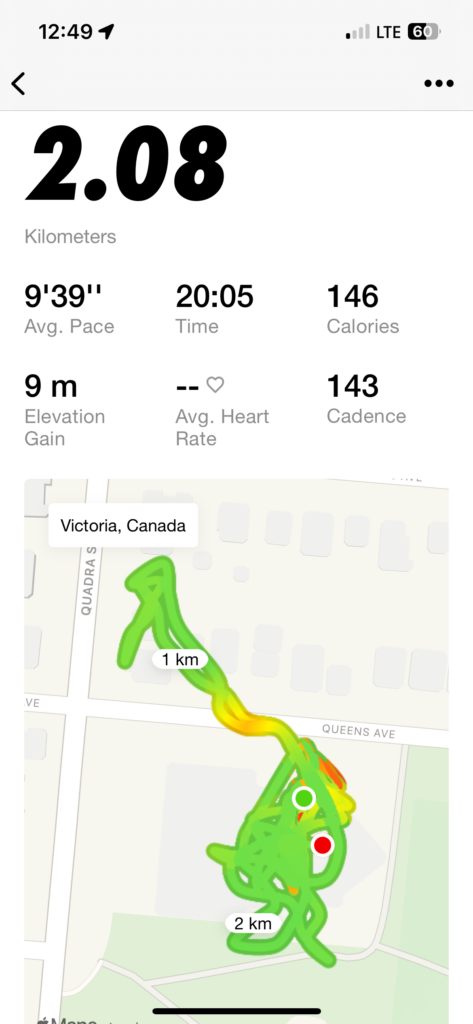
Nike Run Club App of my Run on a Treadmill
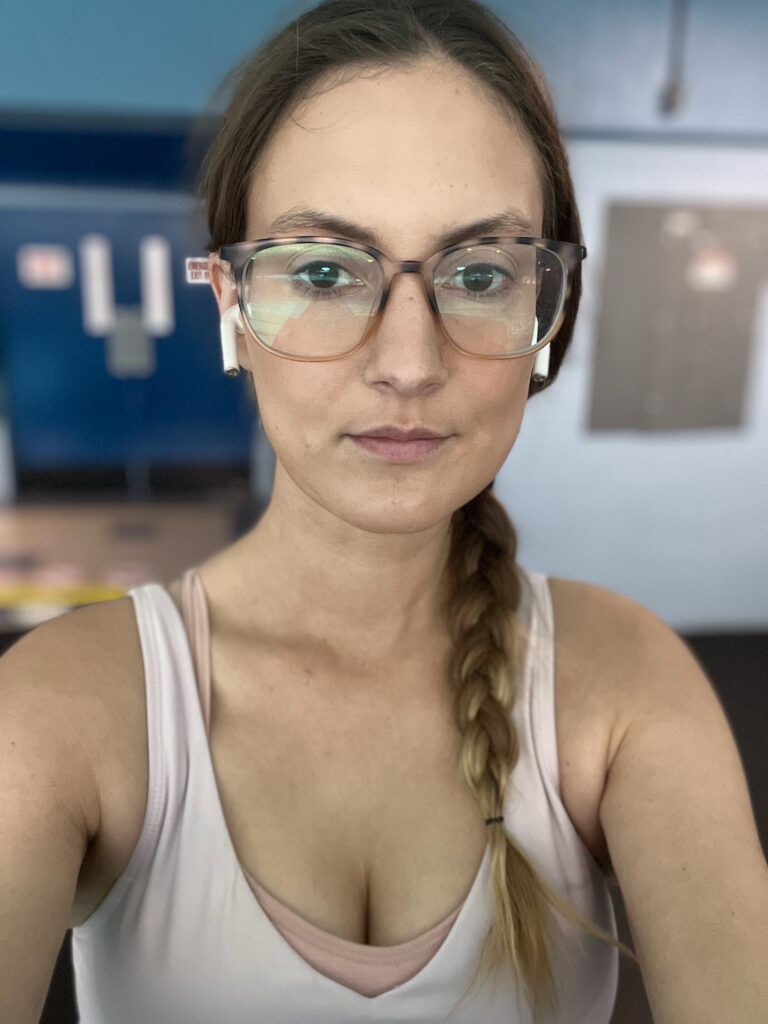
Step by Step video to use the Nike Run Club on a Treadmill…
Zombie Run
Zombie Run is a great suggestion for kids or anyone looking for an exciting engaging run with a story.
Here is how it works…
- Walk, jog or run anywhere in the world
- Hear your workout and music through your headphones
- If you’re chased by enemies, you’ll have to speed up!
- You’ll automatically collect supplies to trade for trophies or building

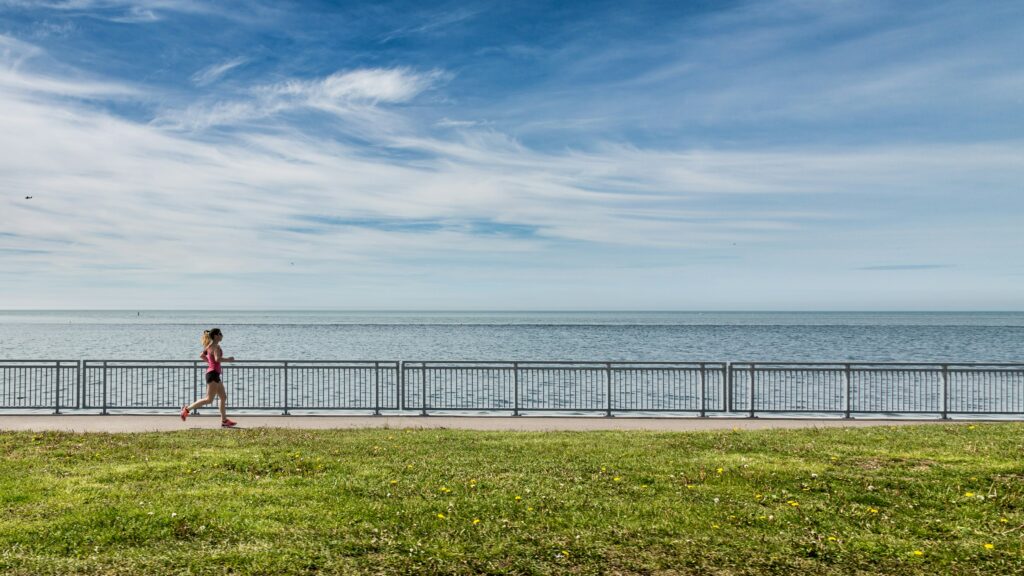
For my free inquiry I want to do fitness. I would like to incorporate, stretches, cardio, weight training and diet and nutrient into my blog. I am passionate about fitness and want to use this blog as a way of holding myself accountable to work out at least once a week and blog about my journey. I want to accomplish a healthy active lifestyle while still balancing school, work, boyfriend and social life. Some things I may include are
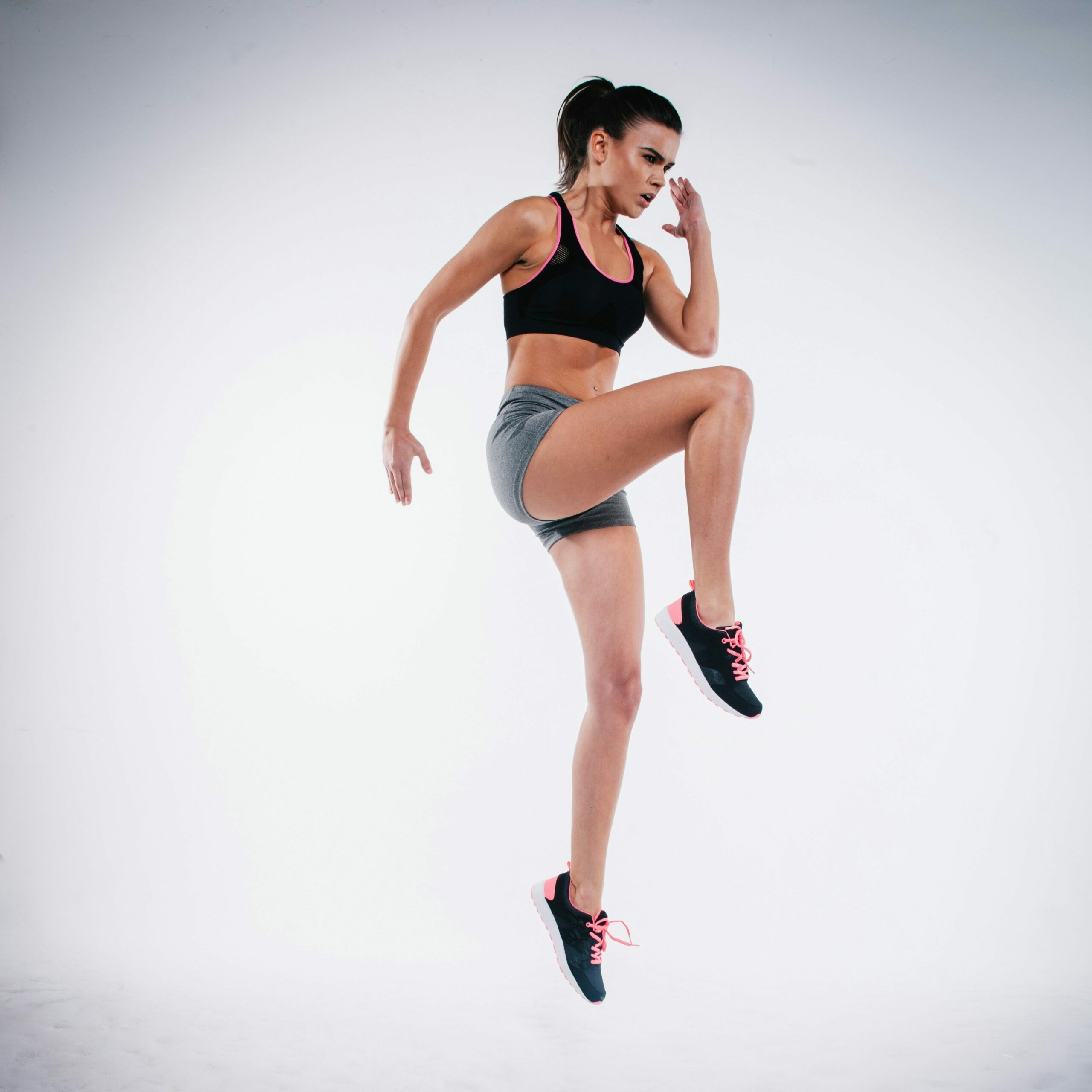
Cardiovascular
- Hit exercises
- Running
- Talk about the health benefits such as improved cognitive function, mood and reduce health risks.
Strength Training
- Videos on how to do it properly vs. improperly. Example of this video on YouTube, “How to Squat with Good Form – Quick and Easy Technique Fix”
- What type of equipment is best
- how many reps and sets should you do to gain muscle.
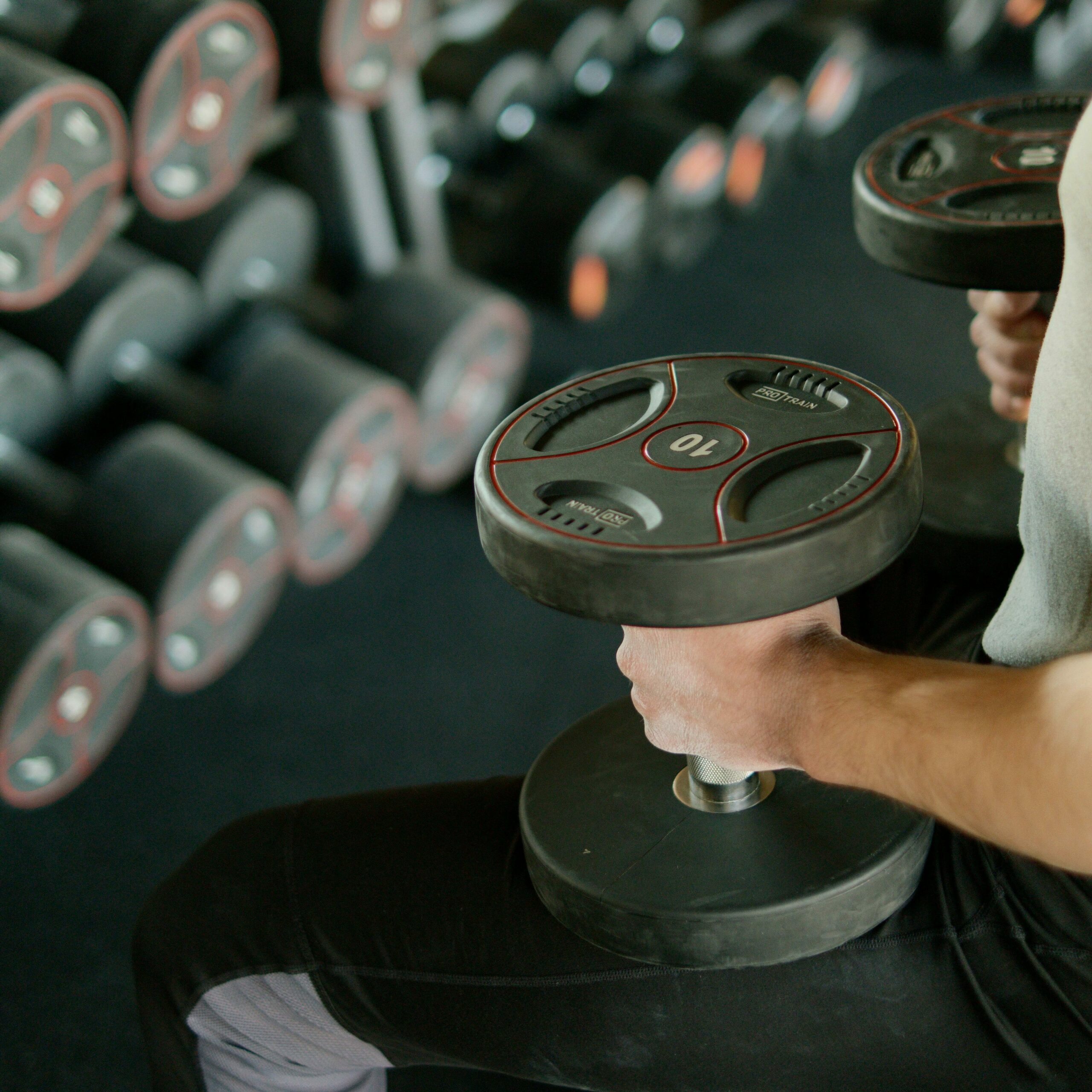
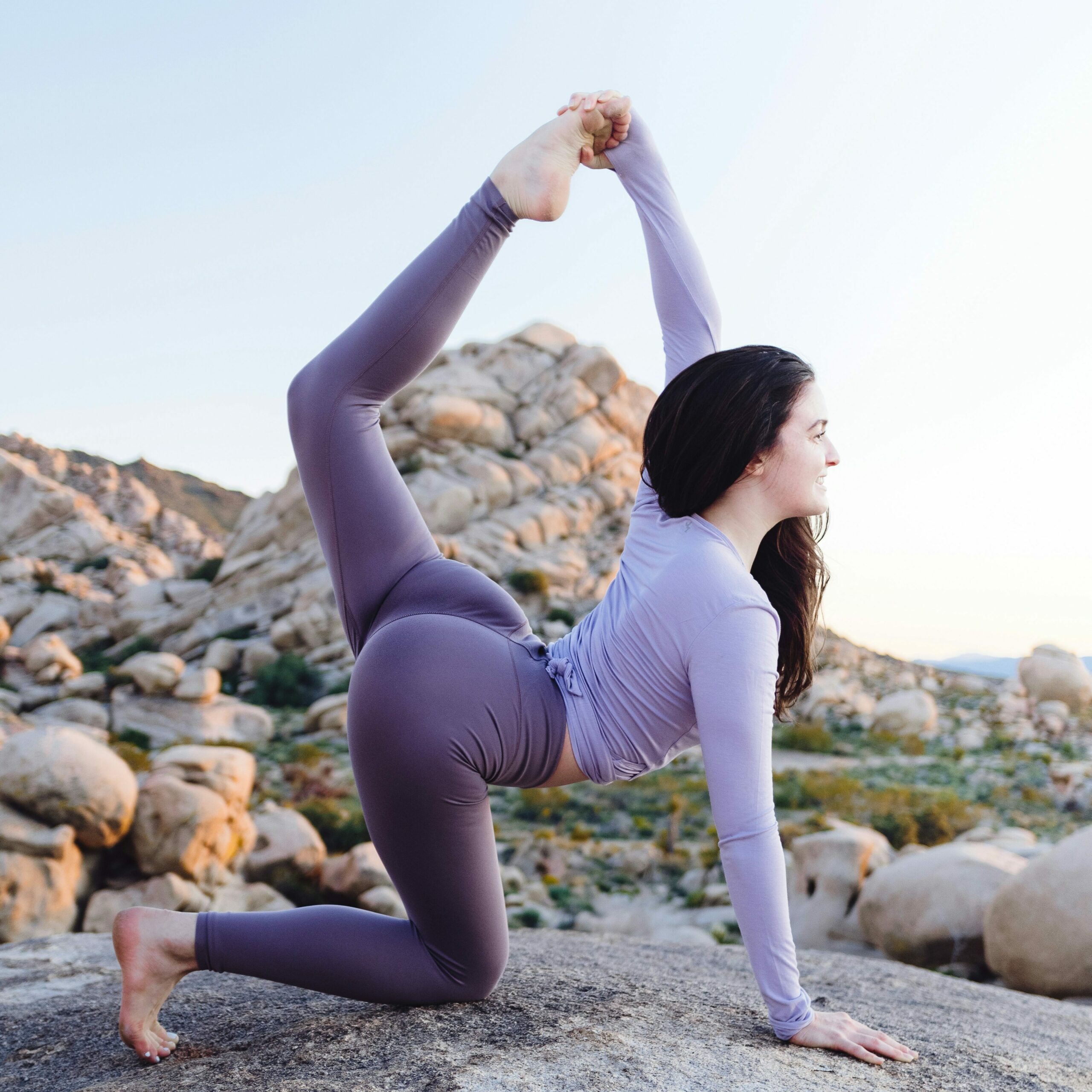
Stretching
- Dynamic stretching
- Static stretching
- Yoga
More Things to Include..
- How to do all these exercises at home or at the gym when time is limited.
- Examples: